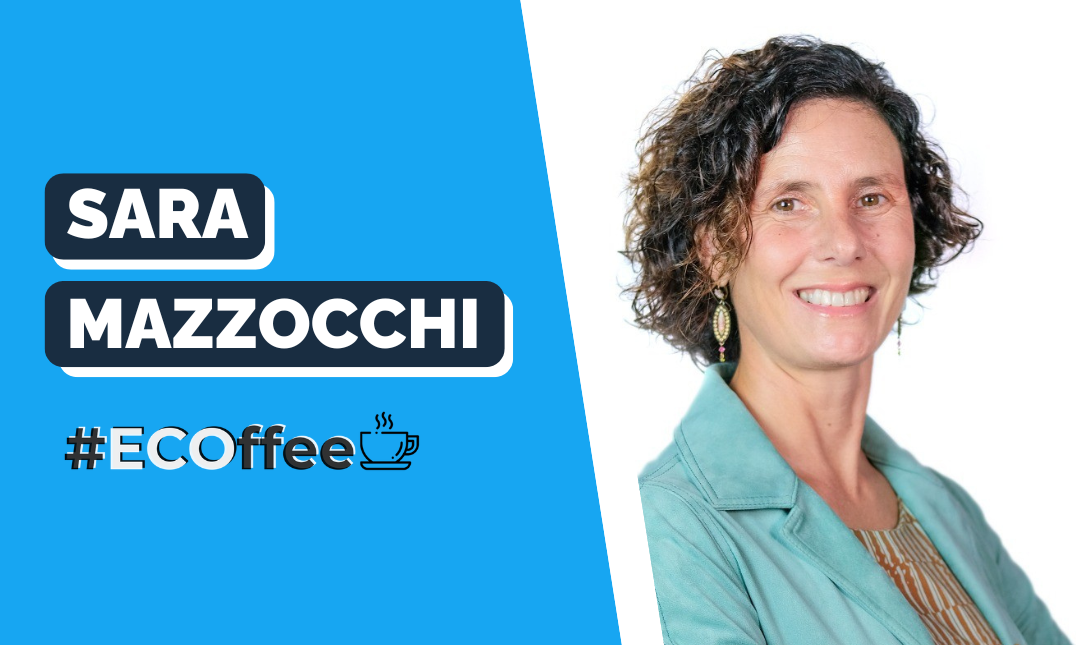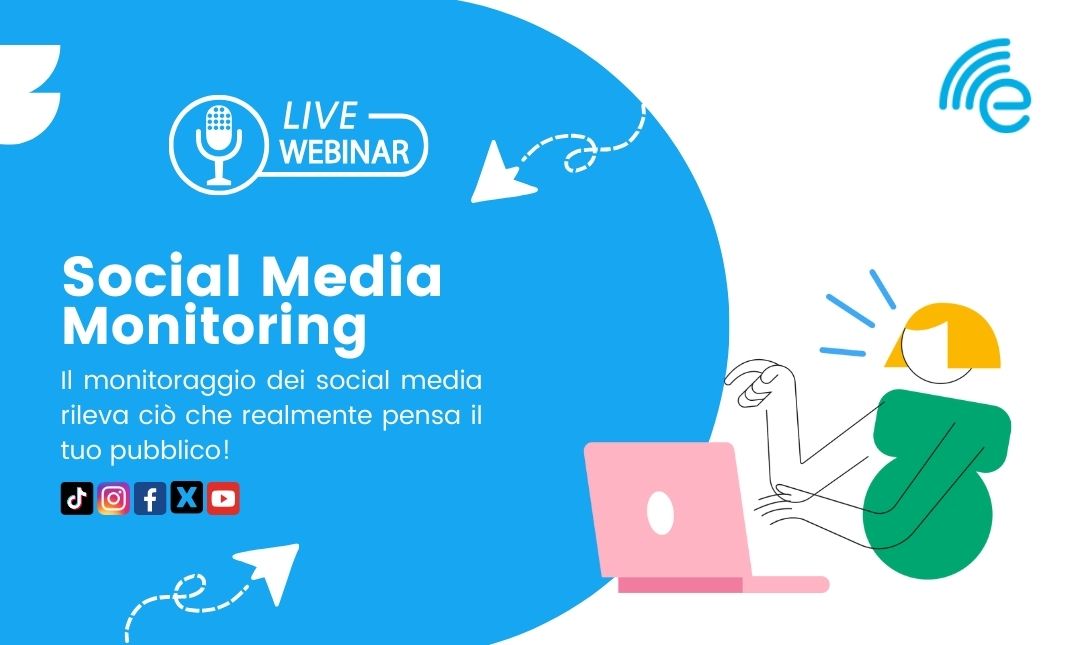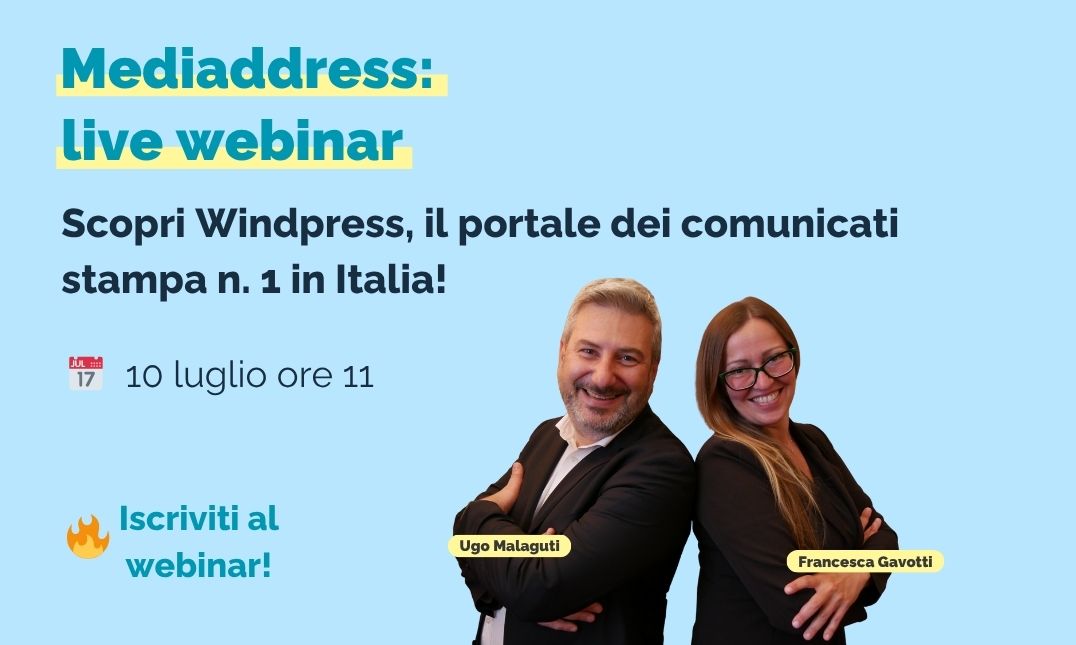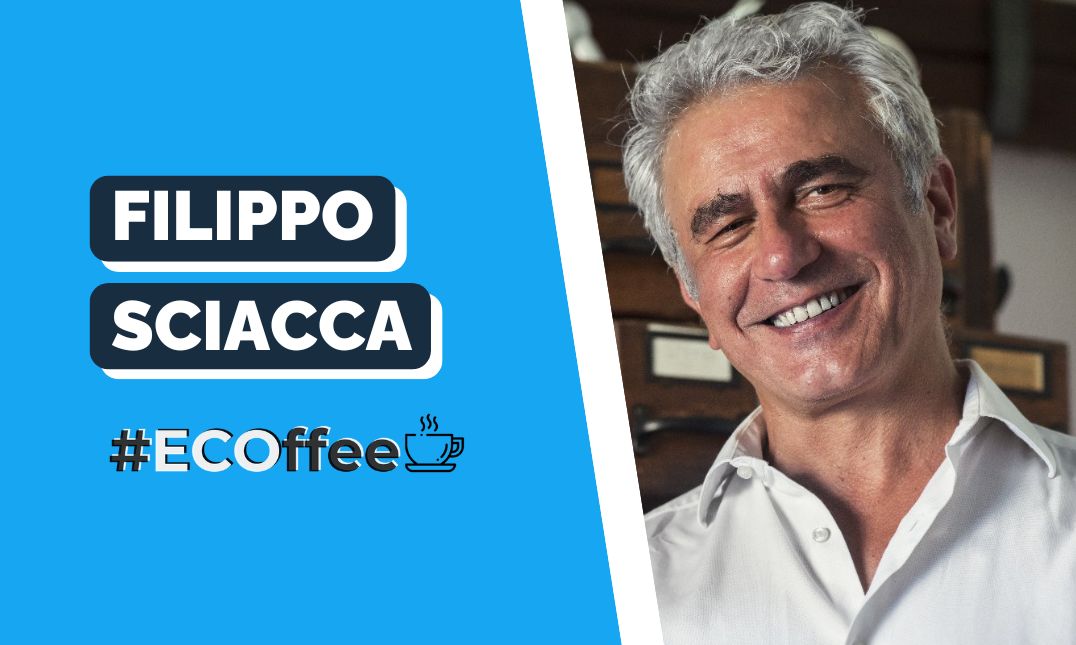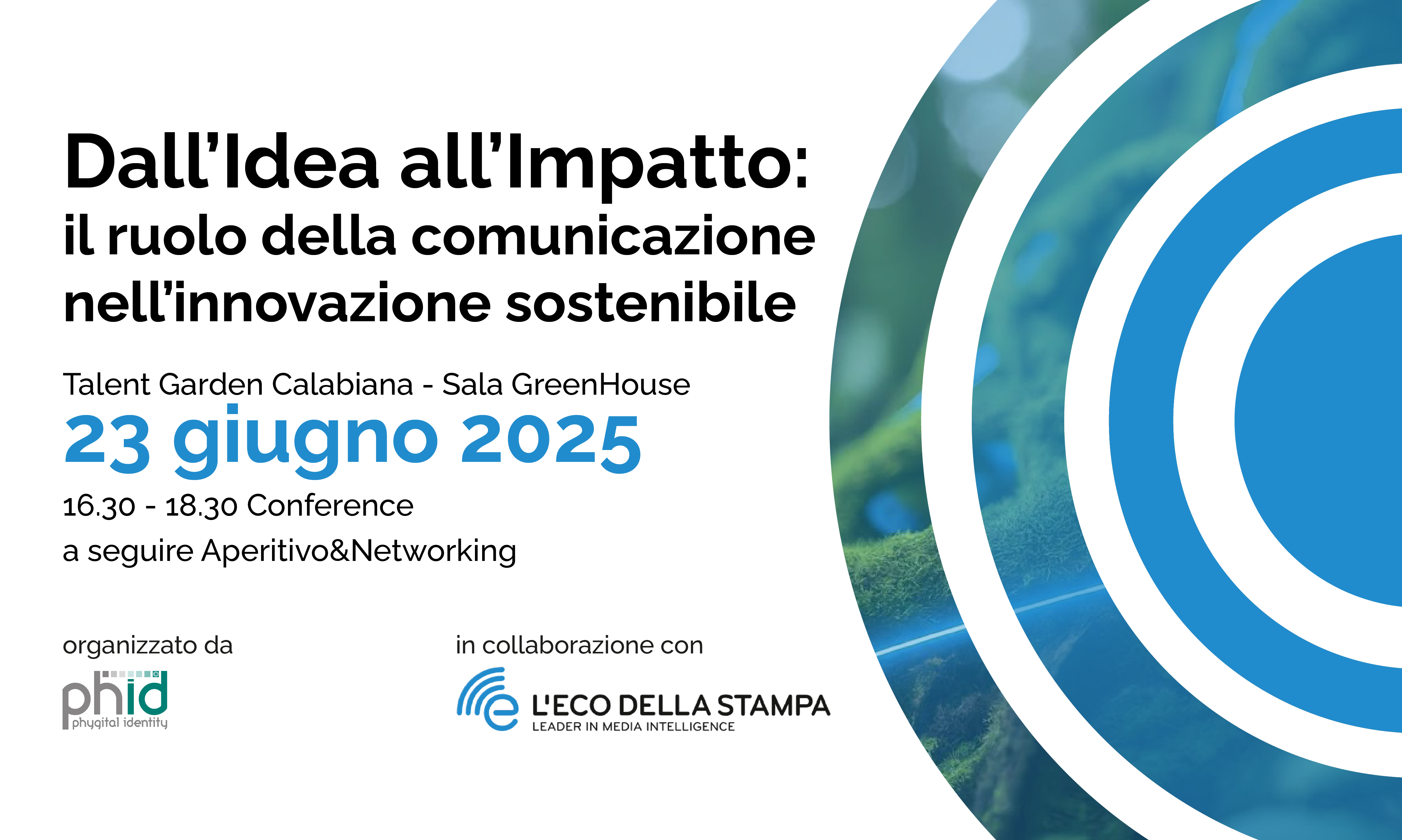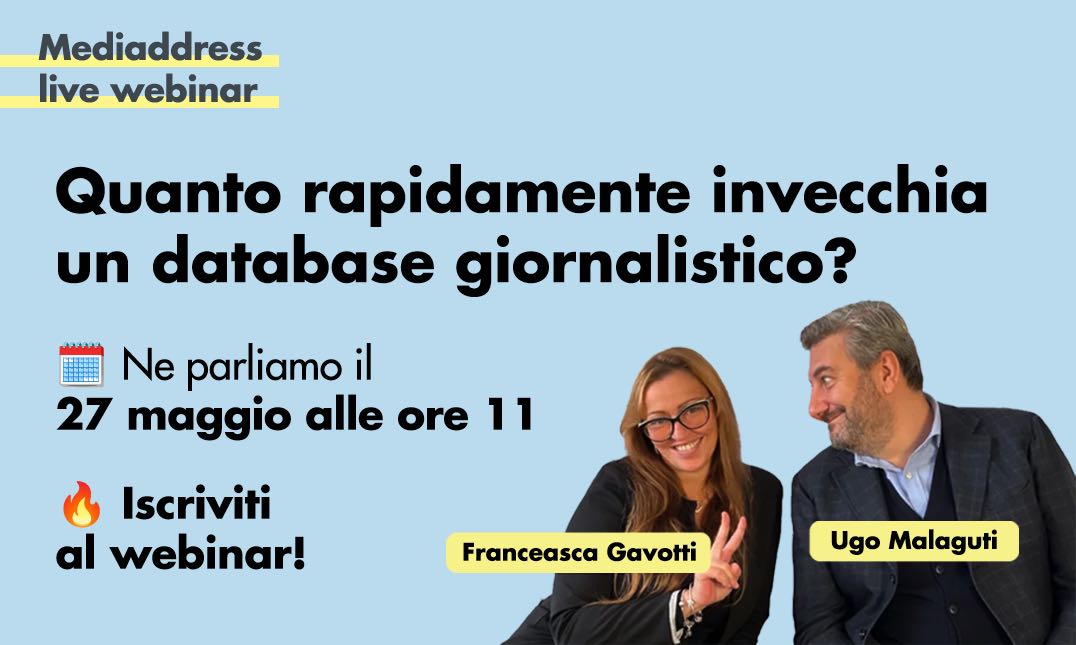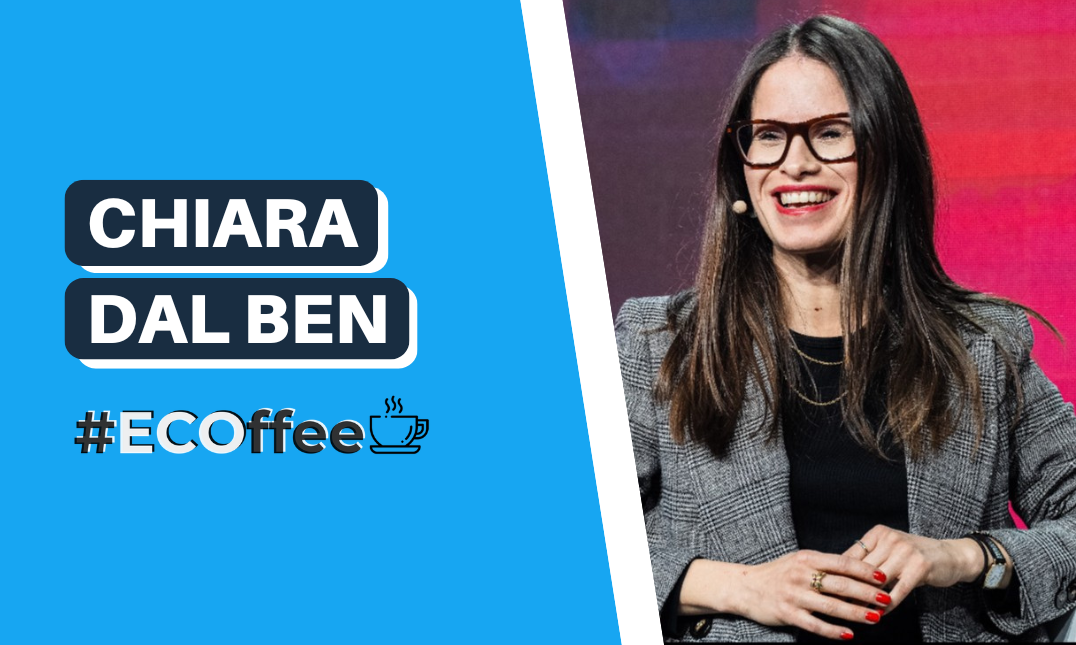Soluzioni
Do you make content? Speed up their production!
18 Febbraio 2019
We have never watched so many cooking programs as we have in these years.
That’s why we know full well that, once the ingredients have been gathered and the recipe defined, the preparation phase awaits us. All this under the watchful eye of the Gordon Ramsey in charge, which puts you at constant risk of a heart attack.
Content makers have been experiencing something like that: after targeting the audience with precise segmentation techniques, they have collected data about their preferences and are now preparing the right dish for the right person.
But, just like in a restaurant, you have to observe an unwritten rule of synchronism: you need to have different dishes ready together. People sitting at the table must be served at the same time, even though they ordered different dishes with different cooking times. The same problem applies to content: you must guarantee an optimal experience, and above all well-timed, across all the touchpoints the users will come by.
AI helps you become the best content chef
Between tight schedules and the ever-watching eye of the executives who ask for conversions, content editors risk not being able to keep up with the preparation and distribution of content; things get even more complicated because the stakeholders involved in the process are diverse. So how can we (metaphorically) ensure a perfect understanding between the restaurant dining room and the kitchen?
Artificial Intelligence comes to the rescue: when advanced automatic learning systems (speech-to-text, image recognition, etc.) are applied to corporate content, it will be semantically organized through a structure of metadata.
In this way, by employing a content management systems with cognitive engines (THRON is one of them), you can find yourself working with an organized archive, where any asset can be retrieved in a click whenever you need it (we talked about it here).
Optimize your workflows
By structuring content with AI, duplication and redundancies are removed, making it easy to create shared workflows on dedicated platforms. This way, all the people involved in the creation, review and distribution of digital assets can access them at the established time, according to their editing rights.
This is the case with the Intelligent DAM. Enough with OneDrive, Dropbox, files saved in different systems and platforms. Teams and external stakeholders (agencies, partners, etc.) can work in synergy, coming into play in the appropriate phase of the content life cycle while respecting the assigned permissions.
This allows you to really speed up production: in addition, the Content Marketer can keep an eye on the process from start to finish, thanks to the audit feature that tracks down who did what. Then, with integrated delivery, the platform automatically adapts every piece of content to the format required by the target channel, without having to rely on an employee to adjust it.
This streamlining improves efficiency, and it is also true in the strategic field: AI helps you with editorial suggestions too. If you want to create content based on a “scientific” data analysis and be sure it will be successful in terms of engagement and conversions, you can adopt two strategies:
- Media Intelligence: press and web constant monitoring systems,(such as those offered by L’Eco della Stampa) to analyze trends over time, identify influencers and what caused the peaks in visibility and sentiment, etc.
- Content Intelligence: platforms natively integrating it (e.g. THRON) are able to measure content performance, finding out which topics/formats/channel influenced user actions the most.
By measuring and “weighing” the audience interests, it will become really easy for you to craft your content to the highest standards.
And Gordon Ramsay will have nothing to say, because cooking… oops, communication, won’t have secrets anymore for you and your team!
You don’t fully understand what Media
and Content Intelligence are?
We suggest you read this!
